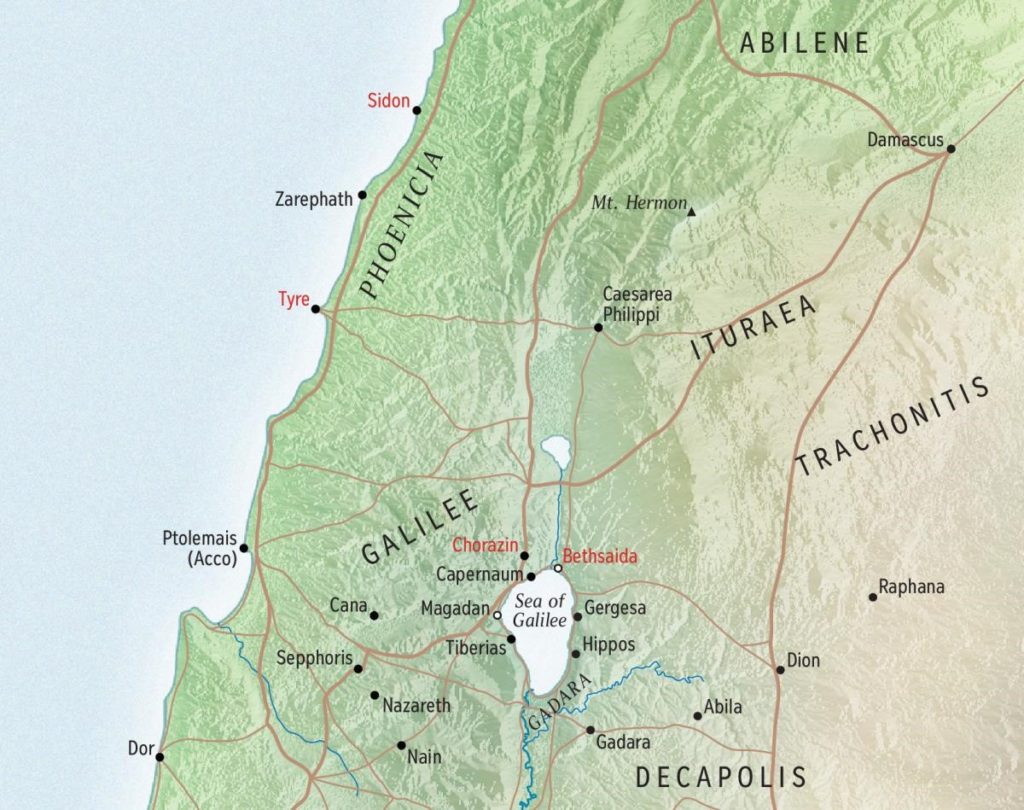Mark 2:13-17 and Luke 5:27-32
“Notice what you notice.” OK, so I missed my first day of posting this year. But hopefully you can forgive me. Up at 4:30 am, UK Hospital at 6:00, hip replacement surgery, then grogginess, nausea and sleep all day. Just didn’t happen…! So today will be another light day, looking at Mark’s and Luke’s accounts of Jesus calling Levi.
I talked a few days ago about the geographic location of Capernaum. What I forgot to mention was that Capernaum was also a Damascus and Caesarea Philippi route to the Mediterranean Sea, so even more traffic would have been going through that city.
There’s not a whole lot different in the three Synoptics’ accounts of Matthew/Levi’s calling or of the feast/dinner that he threw. I was a bit surprised that Matthew’s account of his own calling was so understated – …He saw a man named Matthew… (Matthew 9:9).
Two other really simple things that I noticed… Mark’s account mentions that Jesus …went out again beside the sea (Mark 2:13) the only writer to mention “the sea” in the calling of Matthew. I’ll be watching more for this “sea” connection in Mark. The other item was in Luke: I have not come to call the righteous but sinners to repentance (Luke 5:32). Luke is the only one of these writers who mentions “to repentance”. A small item, but worthy of note, in that Jesus is echoing John the Baptist’s message – although Jesus adds “Kingdom of God” and “Kingdom of Heaven” references to his preaching, in addition to healings and other miracles.
Blessings, y’all!
